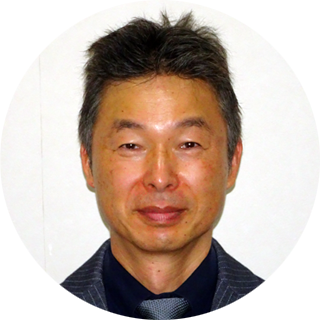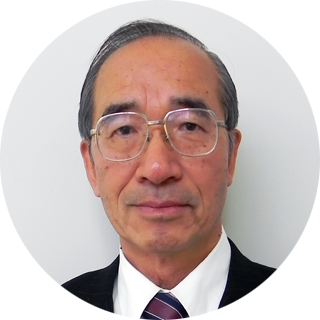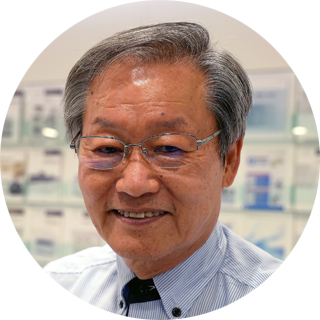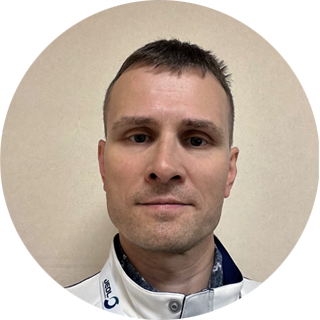Characterization for Industrial Use of Sustainable Materials - Challenge of Urushi to Realize Carbon Neutrality –
Release Date: 2023/11/08
Since the enactment of the Sustainable Development Goals (SDGs) by the United Nations in September 2015, the international movement towards a sustainable society has achieved increased momentum. In Europe, with the backing of Environment, Society and Governance (ESG) investments, there has been an acceleration of the applications of renewable bioresources based on the bioeconomy. In addition, in Japan, the development and dissemination of technologies supporting sustainability have been promoted under “carbon neutrality” declared by Prime Minister Suga in 2020.
With these backgrounds, this webinar will illustrate the multifaceted analysis of "biopolymer・Urushi (natural lacquer)", whose research has been accelerated as a sustainable material recently, and introduce the characterization for industrial use.
This seminar will be held on the web. You can participate not only from your PC, but also from your smartphone or tablet, as long as you have access to the web. We look forward to your participation.
By attending this webinar you will learn…
Industrial use of sustainable materials
Identification method of unknown components using NMR, MS, and IR
Composition analysis, chemical bonding state analysis by XPS
Thermal degradation analysis by SEM, TG/MS, PyGC/MS, and ESR
Trace component analysis by TEM, MS, and NMR
Who should attend?
Those who are or will be involved in research and development of sustainable materials
Those who are interested in identification method of unknown compounds
Those who are working on analysis of inorganic materials
Those who are involved in analysis services
Date/Detail
December 19, 2023 (Tue) 15:00 to 17:00 JST (Tokyo)
No Q&A time is available after the lecture.
Presentation material
No presentation material to be distributed.
Movie posting
No movie to be posted after the webinar.
Program
| Introduction: (3 min) |
Purpose of this webinarIn this webinar, Dr. Miyakoshi will first talk about the industrial use of Urushi (natural lacquer), followed by an introduction to natural lacquer characterization methods by our employees. The characterization methods include monomer component analysis, hardening process analysis, thermal degradation analysis, and analysis of trace components in the natural lacquer film. |

Application Management Department, JEOL Ltd. |
|---|---|---|
| Special Lecture: (30min) |
Properties of uruhi, hybridization and nano-modification of urushi sapUrushi is a tree. It is planted in soil and grown. And the sap obtained from the tree is used as paint, adhesive material, and plastic material. Maki-e (Japanese lacquer decoration technique) and Raden(mother-of-pearl inlay) using urushi sap are elegant and beautiful, and become representatives of Japan’s fine arts and crafts. The use of plant resource, Urushi has been re-evaluated, in relation to green chemistry and SDGs. This presentation will give an outline about the properties of Urushi, industrial coating by using hybrid technology and nano-sized urushi, as well as a new application into industrial design. |

Emeritus professor of Meiji University, Department of Applied Chemistry, Meiji Universit |
| Lecture 1: (7 min) |
Analysis of monomer component
|

Application Management Department, JEOL Ltd. |
| Lecture 2: (38 min) |
Analysis of monomer components
|

NM Application Department, NM Business Unit, JEOL Ltd. 
Senior Applications Specialist & Product Coordinator, JEOL UK Ltd. |
| Lecture 3: (5 min) |
Analysis of Natural Lacquer during Hardening
|

Application Management Department, JEOL Ltd. |
| Lecture 4: (7 min) |
Thermal degradation analysis
|

Application Management Department, JEOL Ltd. |
| Lecture 5: (7 min) |
Thermal Degradation Analysis - Application of ESR -The temperature dependence of radicals in the natural lacquer film when heated was evaluated using ESR, which is capable of observation of radicals in samples without pretreatment. We heated the sample gradually from 50°C to 300°C. The g-value of ESR spectrum suggested phenoxyl radical at room temperature, changed to suggest alkoxyl radical at 50°C、and at 200°C to suggest alkyl radical which is a sign of main chain scission. Furthermore, it was found that the radicals was increased from 200°C to 300°C, suggesting the start of pyrolysis at 200°C. These results indicate a good consistency with the aforementioned results by TG/MS and PyGC/MS. Related product |

NM Application Department, NM Business Unit, JEOL Ltd. 
Senior Applications Specialist & Product Coordinator, JEOL UK Ltd. |
| Lecture 6: (9 min) |
Analysis of Trace Component(polysaccharide) in Natural Lacquer FilmTrace polysaccharides in natural lacquer film were analyzed by TEM, Py/MS, and solid NMR. The morphological observation of natural lacquer section by TEM confirmed precipitates of polysaccharide in micropore. In addition, pyrolysis products of polysaccharide were detected by Py/MS analysis. Here, measurements were carried out using the hard ionization method EI and the soft ionization method FI, and the characteristics of each will also be explained. Furthermore, peaks characteristic of the polysaccharide component (COOH, C1 to C6) could be identified by a solid-state NMR analysis. Related products |

Application Management Department, JEOL Ltd. |
Registration
Please register here.
Contacts
E-mail:sales1[at]jeol.co.jp
Demand Generation Div.
JEOL Ltd.
- please use @ for [at]
Are you a medical professional or personnel engaged in medical care?
No
Please be reminded that these pages are not intended to provide the general public with information about the products.
